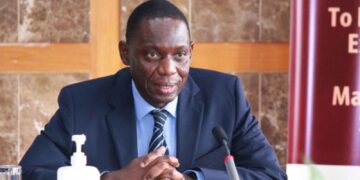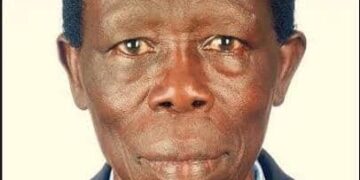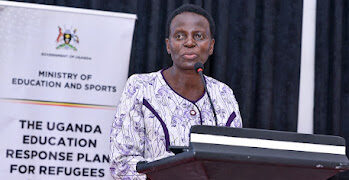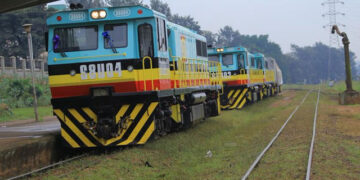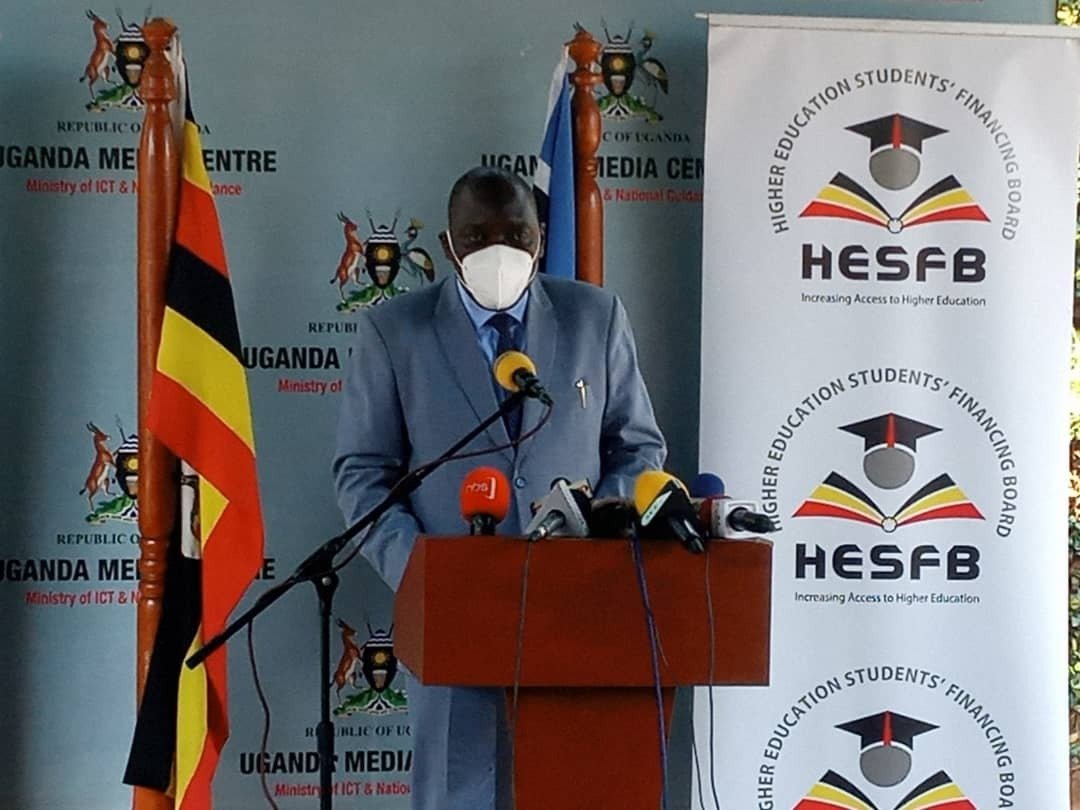Rwanda’s president Paul Kagame re-imposed tight restrictions including the adjustment of curfew time in latest measures to fight an upsurge of COVID-19 infections.
In a cabinet meeting on Monday, Kagame suspended all social gatherings in Rwanda while movements between Kigali and other provinces are prohibited except for medical reasons and other essential services.
He also adjusted curfew time from 9pm-4am to 7pm- 4am, as the country grapples with a spike in COVID-19 infections.
“Given the recent rise in Covid-19 cases and transmission rates in the community, the Cabinet has reviewed the existing health measures to contain the further spread of the virus.” part of the statement from cabinet reads.
After devastating shocks and setbacks, Rwanda had started gradual easing of restrictions following a second wave of infections led to a three-week lockdown on Kigali in early 2021.
The country, however, successfully hosted two major sporting events; Tour Du Rwanda and the Basketball Africa League, raising hopes of fully reopening the economy.
A recent spike in infections, however, has forced the government to reintroduce restrictions and intensify Covid-19 testing to mitigate the risk of a severe third wave.
Rwanda is concerned about imported infections from – Uganda and India which has forced the country to impose a 7 day mandatory quarantine on travelers arriving from both countries effective 15th June.
The government also imposed restrictions on movements in four districts neighboring the Democratic Republic of Congo and Uganda to contain the spread of the virus following a recent surge in new cases.
On Monday, Rwanda reported 622 new cases, the highest number of cases in a single day in recent weeks, with the total active cases now at 4,343 and 388 deaths. The current positivity rate is 11.6 percent. A total of 31,435 coronavirus cases have been detected from the 1,556,862 tests done. The country has so far vaccinated 390,848 people.
Rwanda needs at least 13 million doses of Covid-19 vaccine to inoculate its target 60 per cent of the population, about 7.5 million people, by June 2022.
















